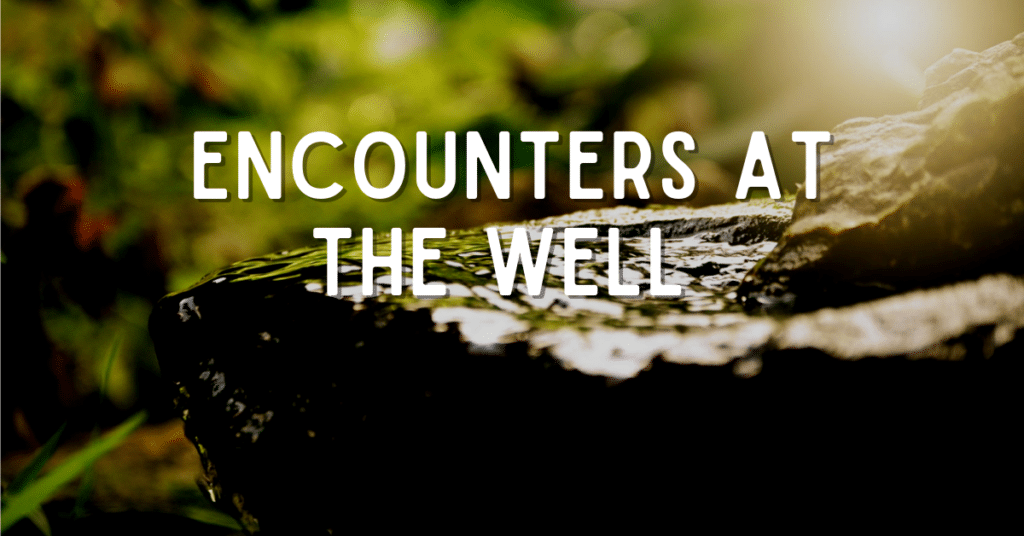Of All the Mundane
Listen to the podcast
Read the transcript
Of all the mundane, worn-out, soporific, stale, and just plain boring things I get to do – the one I seem to actually derive some modicum of pleasure from is sanding.
I have a little workshop down in my basement where I make things from wood. Almost everything I make I give away as a gift to someone.
When I was at my second church, they replaced the old wood steeple with a new one made of fiberglass. Meh.
The old steeple lay in the seldom used side-street for a few days. I went out with my circular saw and started tearing it apart board by board. That 150-year-old pine was solid as a rock – all the moisture having left it a long time ago and it hardening itself so much I went through a few blades getting it done.
Once I had disassembled most of it and taken the old wood into my basement, I started fashioning crosses out of it. Each was a different design. I gave them away to church members and anyone else who wanted one.
Working with wood can be dangerous if you aren’t careful. Power tools with sharp blades that spin really fast can remove limbs and digits pretty quickly if you aren’t paying attention. So, it takes a lot of focus and concentration to do this right and do it safely.
Working with wood can require a bit of creative thinking. Getting multiple angles on different planes to coordinate just right takes the right tools applied the right way. Figuring out which joint to apply in order to maximize strength of bond can be a challenge – not to mention figuring out exactly how to manufacture that joint with the tools you have. Knowing when and why to use a table saw, a compound miter saw, a circular saw, or anyone of the dozen or so varieties of handsaws I have can be taxing to the brain.
I love the challenge of it – and the more challenging the project, the more rewarding the outcome.
And then you get to sanding.
Rough edges need smoothed. Angles cut just shy of the intended target need massaging. Joints resist butting up flush to the surface. Ridges left from the plane need smoothing. Gouges from the sawblade need to be leveled off.
You can be looking at an almost finished piece and feeling some sense of satisfaction until hours later you are still finessing the piece with your fourth grade of sandpaper trying to get that polished look and feel to a perfect finish before you apply the lacquer.
Unlike some of the other functions, there is little creative thinking or clever applications to sanding. You run the sandy surface over the tough wood over and over and over again. Rinse and repeat.
Soporific and mundane – that’s what sanding is.
But I love doing it.
My arm gets sore. My brain goes on hold. I repeat a simple action hundreds if not thousands of times over.
My mind wanders.
Music plays.
Time slowly ticks by.
And when I’m done – magic happens. The rough places are made plain. The gaps are gone. The edges made smooth. A finish coat can be applied and the piece you once only imagined becomes a work of art. Yes, sometimes beauty, art, and craft come only after, out of, and because of the soporific and the mundane. Ain’t it grand how the world can transform the profane into the sacred? May it be so for you on this, our journey Into the Mystic.
Related News
Bodily Autonomy Means Every-BODY
Advocacy and Action for Women's and Gender Justice Local events stir thoughts and...
Read MoreAn ally experiences PRIDE in the CLE
Advocacy and Action for Women's and Gender Justice Local events stir thoughts and...
Read MoreUCC Releases Menstrual Health Toolkit
Advocacy and Action for Menstrual Health and Justice Work with partners Church World Service...
Read More
